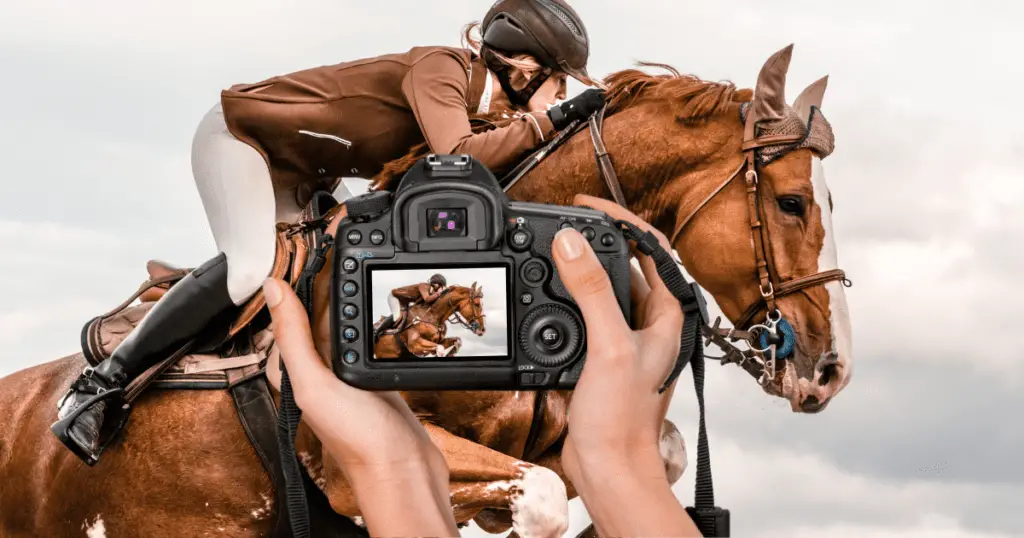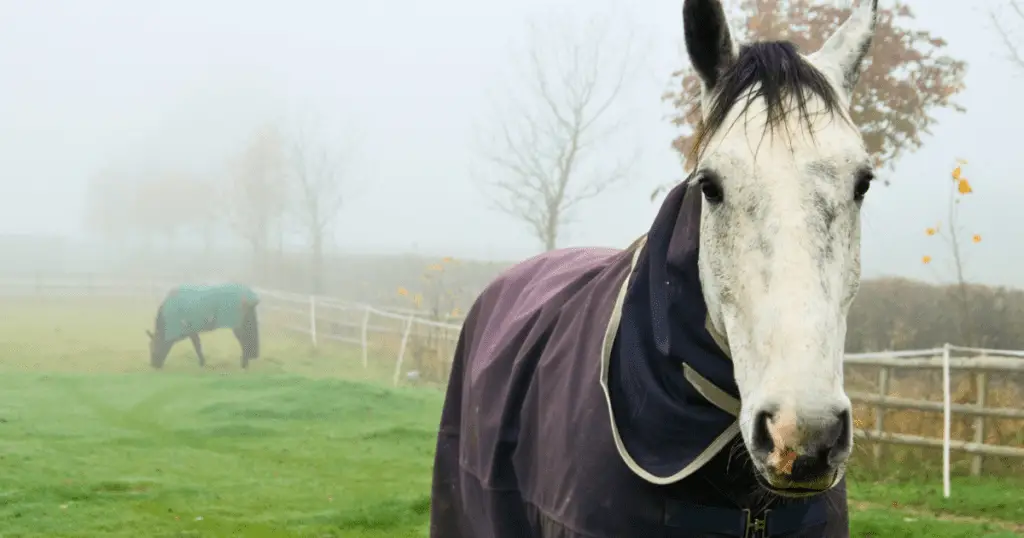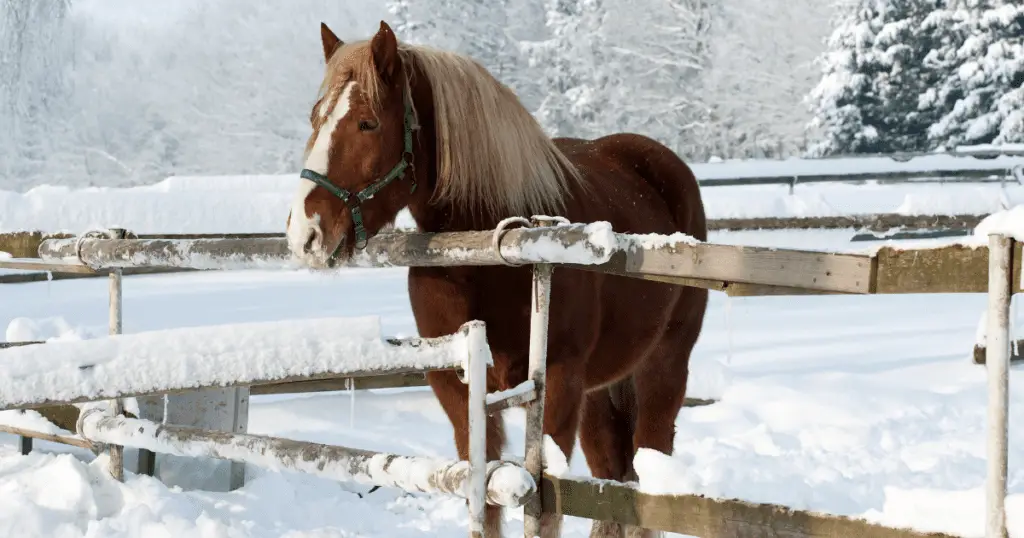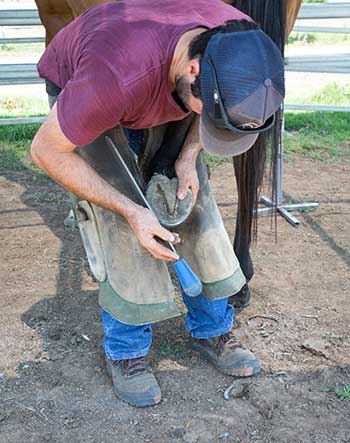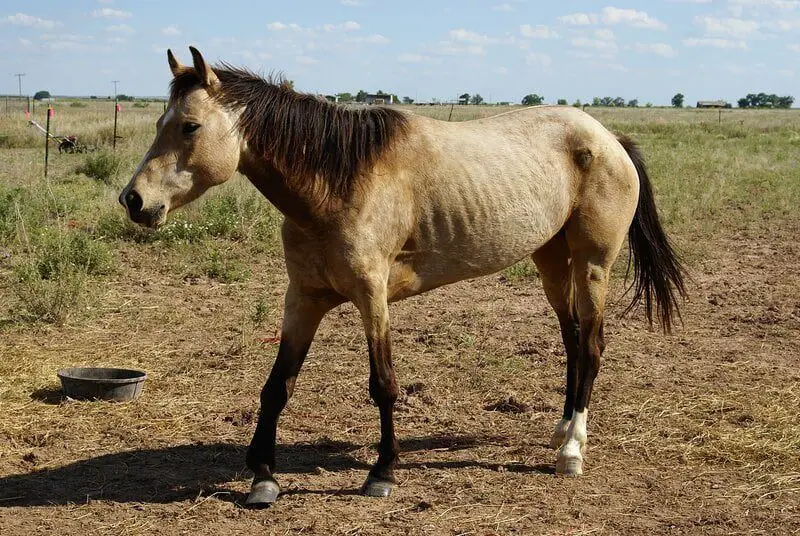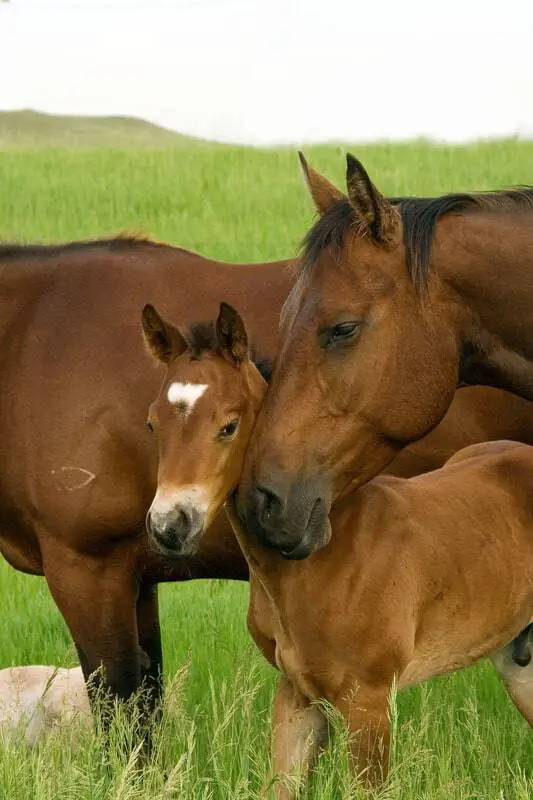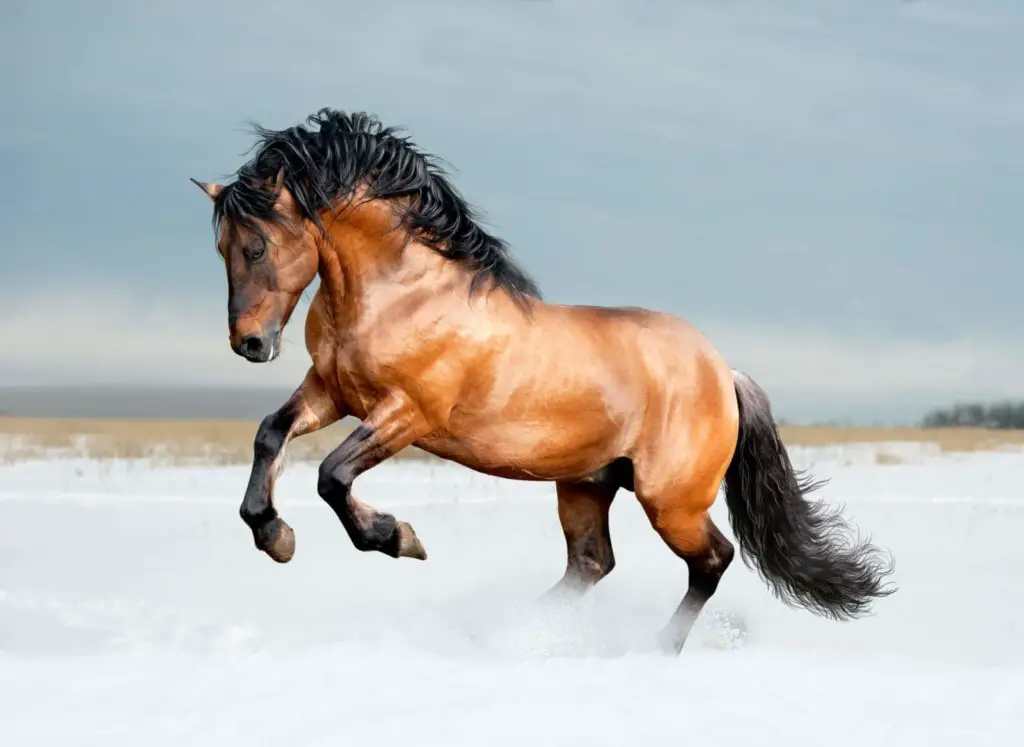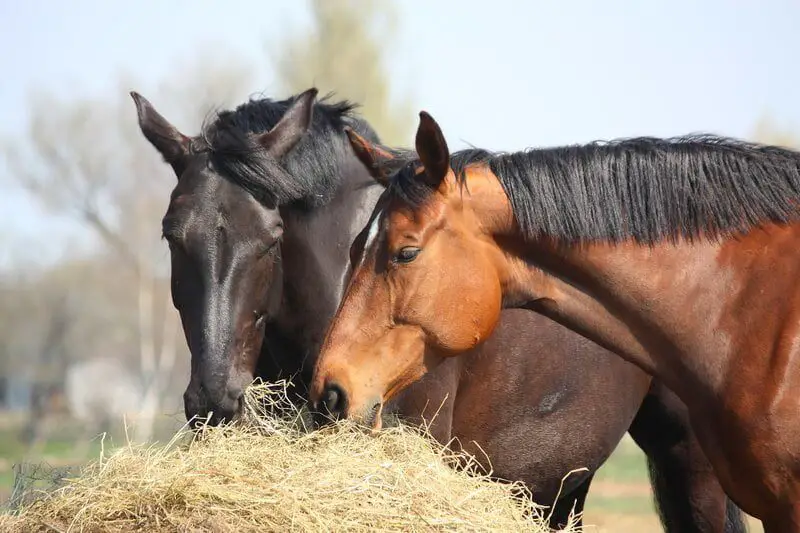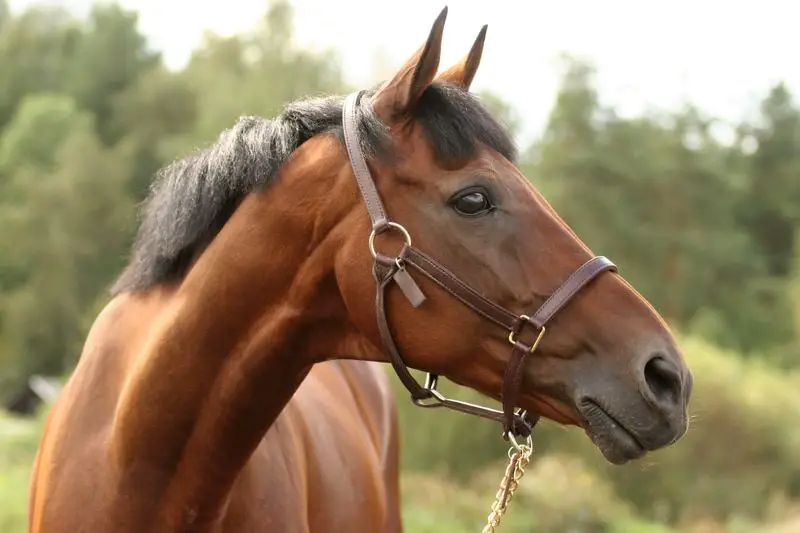Is it safe to worm my mare if she is in foal?
Most wormers are safe to use on horses throughout pregnancy. However, it’s imperative you check the label first to ensure the wormer you’re using has been tested and approved as safe for use in pregnant mares. Worming Your Mare Worming is a fundamental component of horse-keeping, including for pregnant mares. While most horses can live […]

